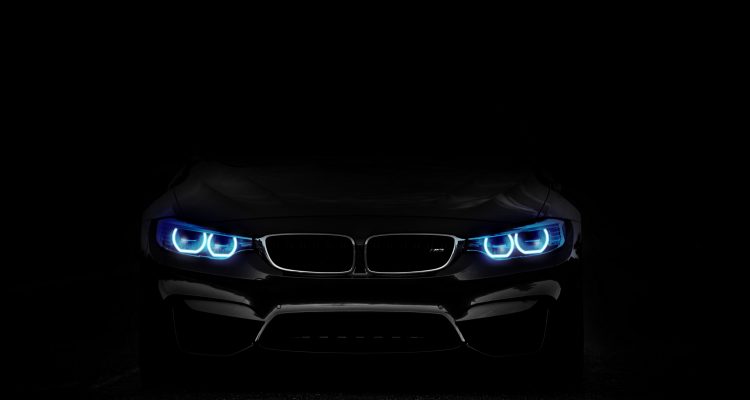Some of the most powerful technologies and innovative tech trends that are expected to revolutionize automobile lighting systems include motion sensors, LED and adaptive lighting solutions. Moreover, the use of conventional automobile lights including halogen bulbs will become almost obsolete in the coming years as more and more automobile manufacturers will be investing in LEDs. The same technology is already being used in various car components and accessories. Today, some of the best car dash cams have LED lights for better night vision.
Advanced Automobile Lighting

With the continuous growth and development of advanced LED technology, the concept of automobile lighting has surely evolved from a complimentary car feature to a more advanced and practical solution that can contribute to the overall performance and functionality of an automobile.
Interior and Exterior Lighting

Today, both forms of car lighting i.e, interior and exterior lighting have become equally important for automobile manufacturers. Exterior lights are continuously integrated with the latest LED, OLED and laser light technologies to make them more capable of preventing road accidents to ensure the safety of the users.
New Technologies for Front Lighting

Moreover, SSL (Solid State Lighting) and RCL technologies are revolutionizing the concepts of front lighting in automobiles. Both technologies promise more versatility, adaptability, increased efficiency and functionality to the users.
LED Technology Lights

There is no doubt that LED lights have helped automobile manufacturers to improve their car lighting designs by making them more convenient and functional for automobile users.
The LED technology has gained immense popularity among both seasoned and new drivers as it greatly reduces car maintenance costs and improves the over-all car performance through increased efficiency and luminance.
The use of LED technology in car headlamps that was only restricted to high-end cars in the late 2000s has now become equally popular with C class vehicles. From vibrant el wire for cars to efficient headlamps; today, nearly all car manufacturers use some form of LED technology in their latest car designs.
Benefits of LED Lights

LED for automobile lighting is expected to grow even more in the coming years. LED lights offer numerous benefits to consumers. They consume less energy and are more economical to use. Also, LED-powered headlights are more suitable for night time driving than xenon lights. Therefore, LED technology is considered as one of the best and safest options for automobile lighting.
Laser and OLED Technologies

Apart from LED technology, both laser as well as OLED technologies aid in the improvement of new headlamps for automobiles.
Laser technology used in headlamps, on one hand, can help users drive easily through long distances, especially during the night time. The concept of OLED powered automobile lights, on the other hand, will be further developed from a basic two- dimensional design to a more advanced three-dimensional illuminating device.
The main purpose of these technologies is to provide such illumination that can be auto-adjusted according to the natural light.
Matrix Based LED Lights

In recent years, matrix-based LED lights with various image processing features have created a room for designing more advanced lighting functions such as adjustable front lighting and indirect glare-free LED lighting systems.
Advanced Digital Illumination Systems

Such electronic illumination systems are shaping a new age of automotive lighting where more advanced digital lights can aid in improving the overall design and functionality of vehicle lighting.
These digital lights comprise of more advanced level front illumination systems that can help to improve road safety and make the overall driving experience more comfortable, smooth and hassle-free for both drivers and pedestrians on the road.
Growing Market for Passenger Vehicles

The market for passenger car lighting is expected to grow the most in the coming years. The use of more advanced lighting technology in passenger vehicles is more prominent when compared with other forms of vehicles. The increasing popularity for passenger vehicles along with the strong inclination of people to own multiple cars is believed to make this market even more strong in the near future.
It is predicted that the manufacturing rate of the passenger omnibus will globally rise from the average for 2018 of around 60 million units up to a massive rate of almost 61.5 million units in the next year. The annual escalation of the manufacturing rate is said to supplement the expansion and increase of the particular part within the predicted duration.




